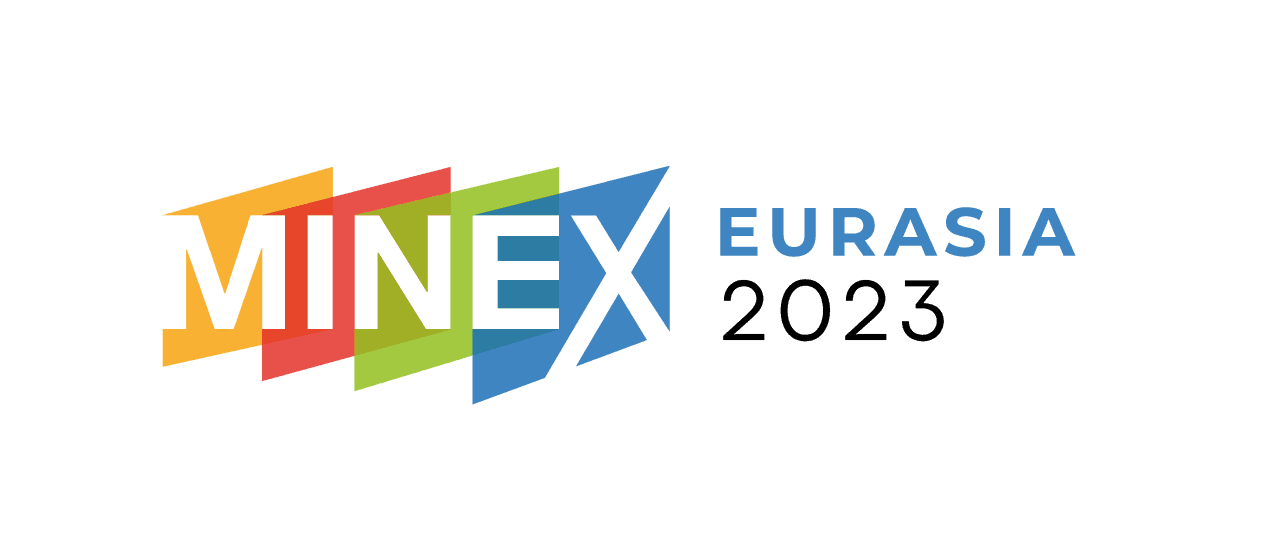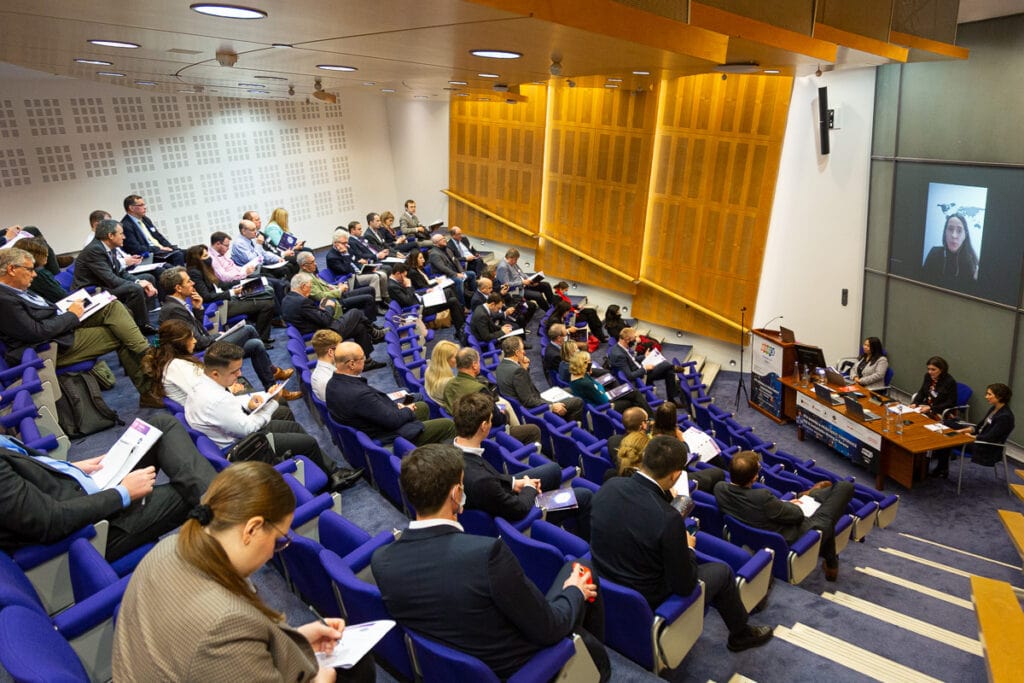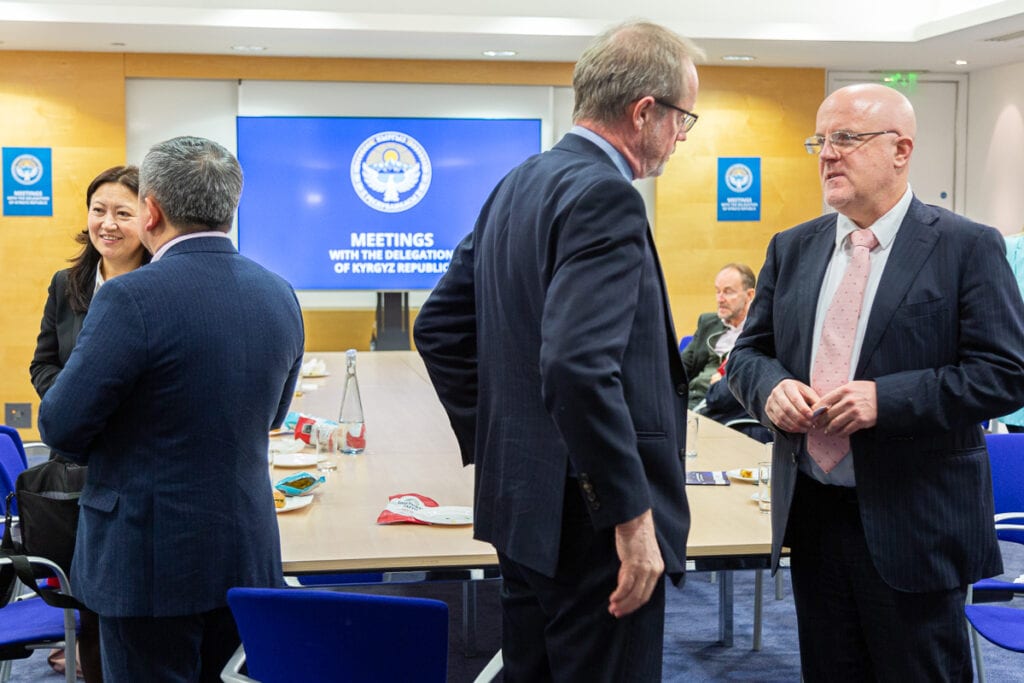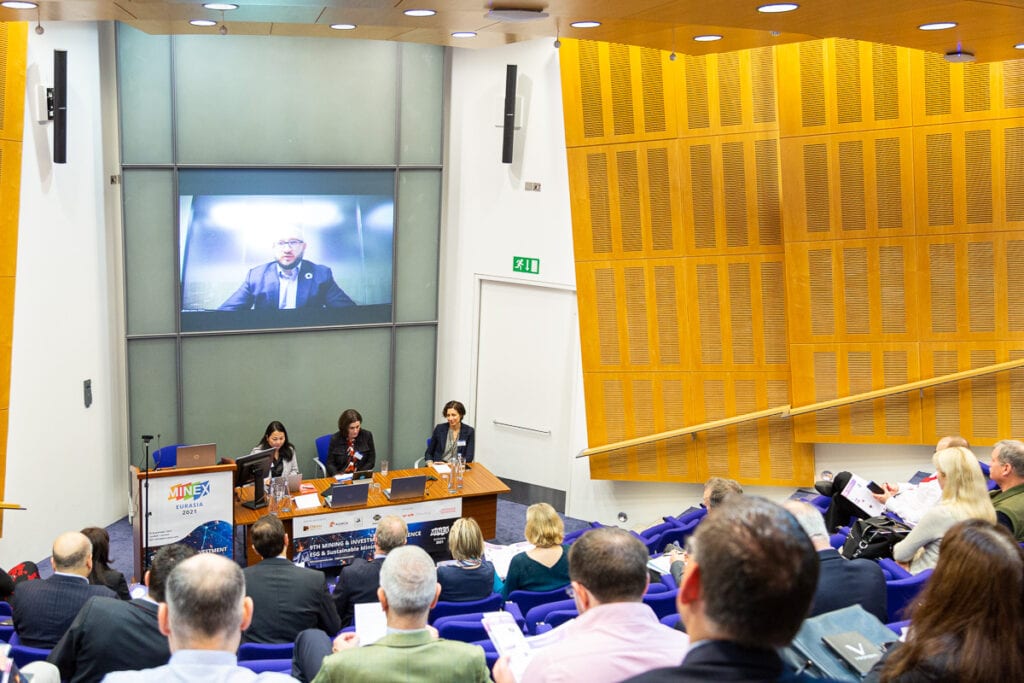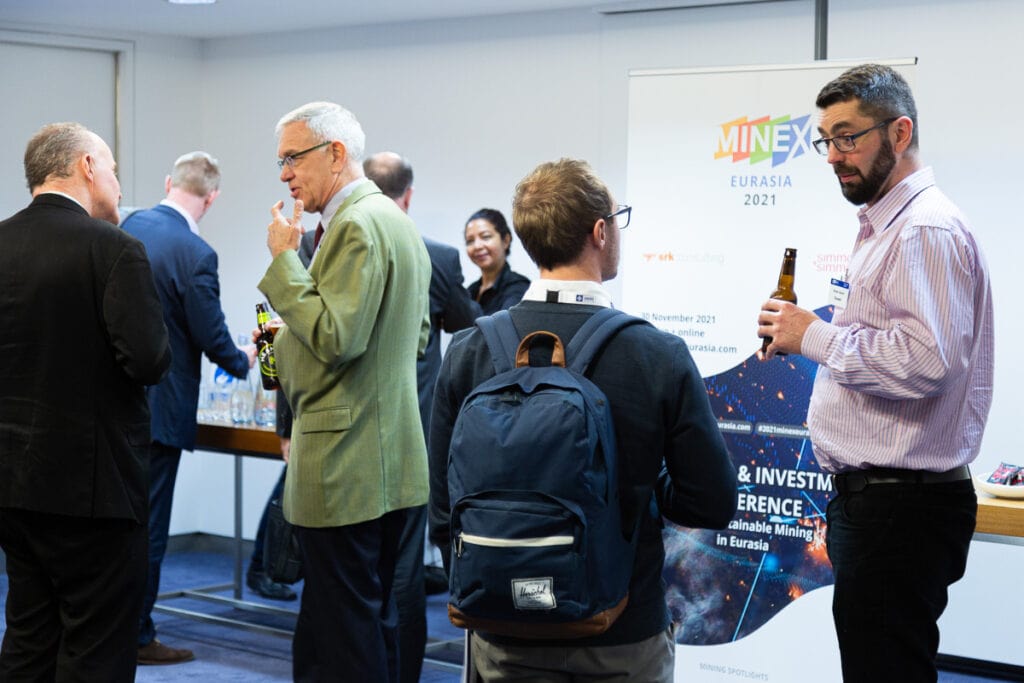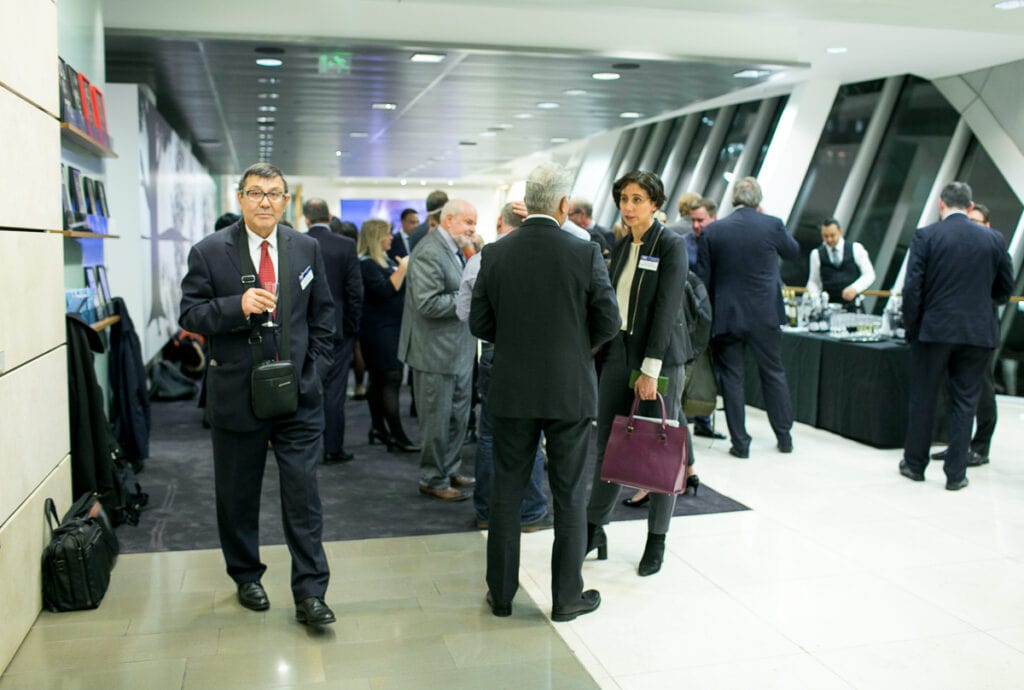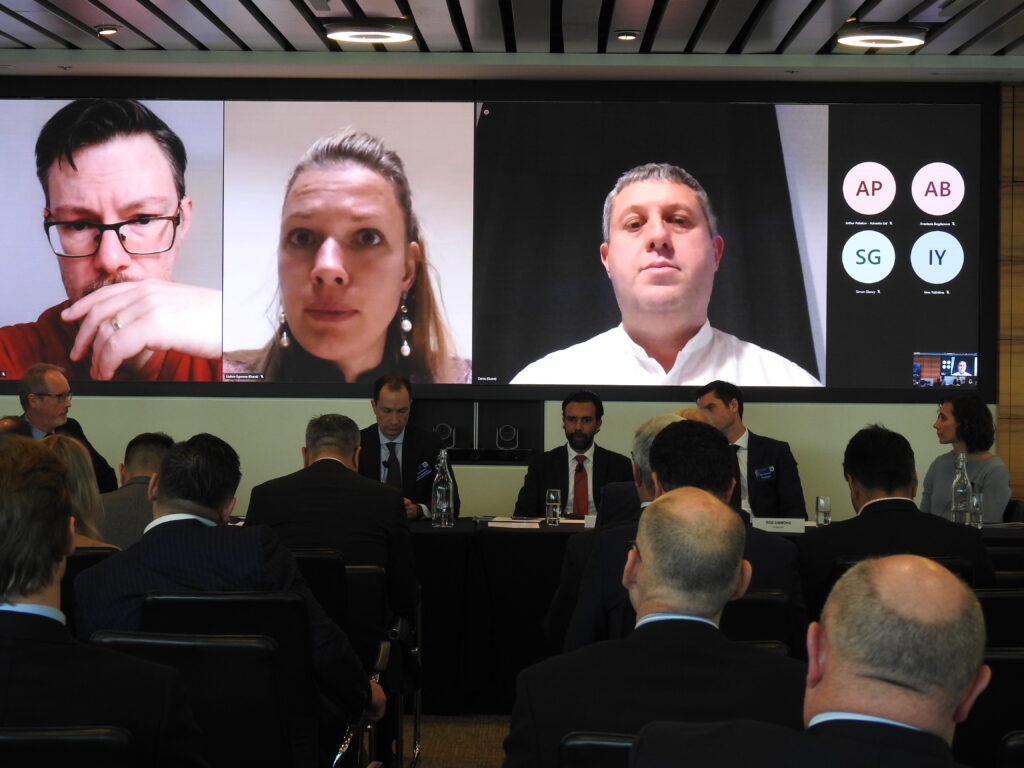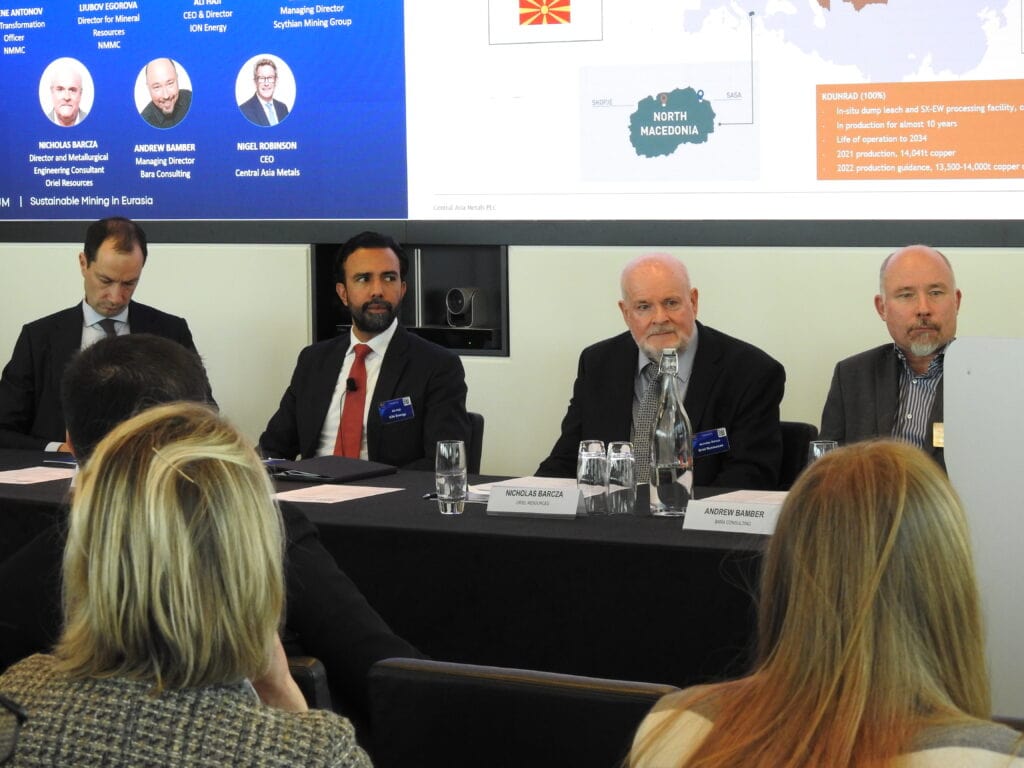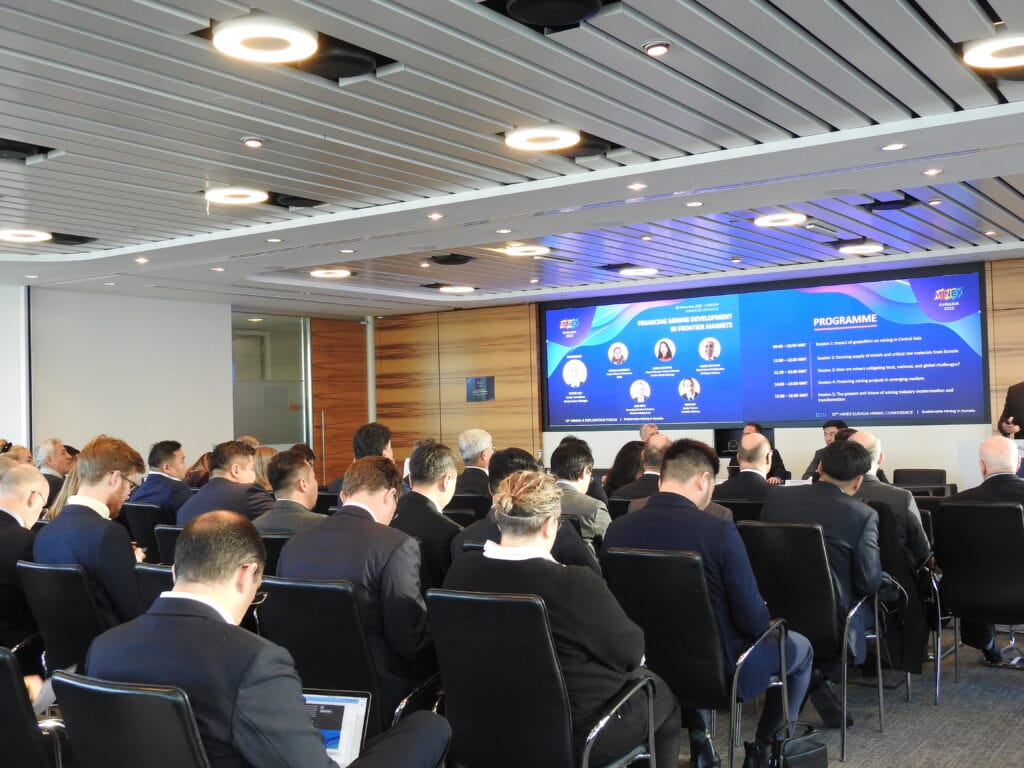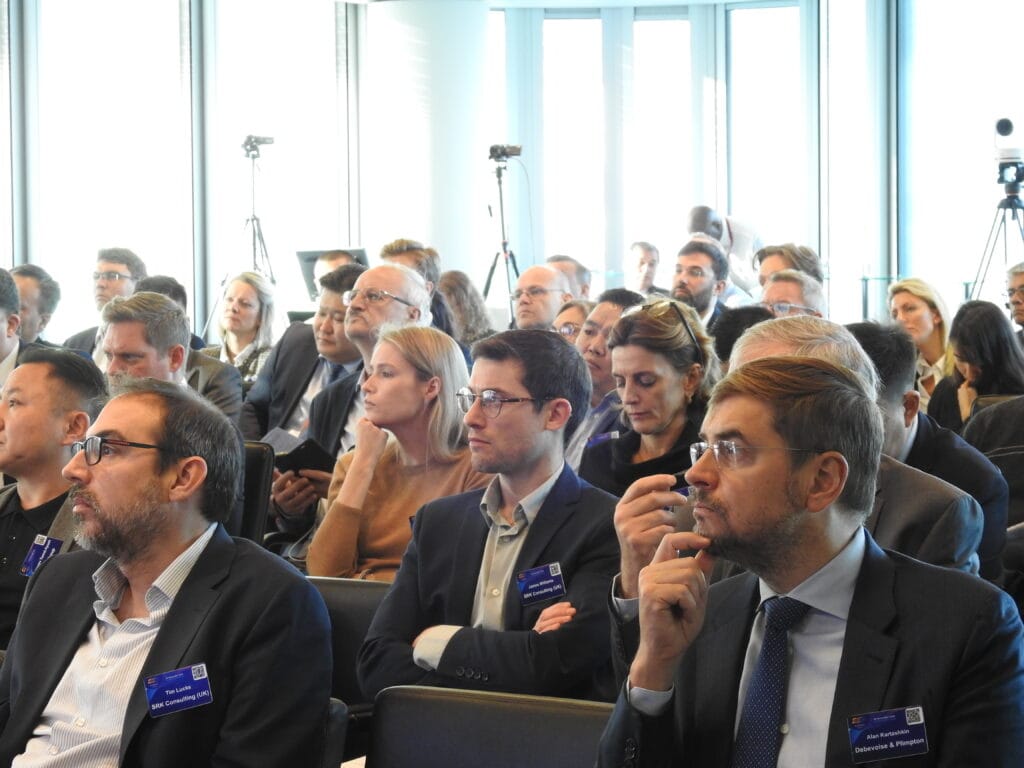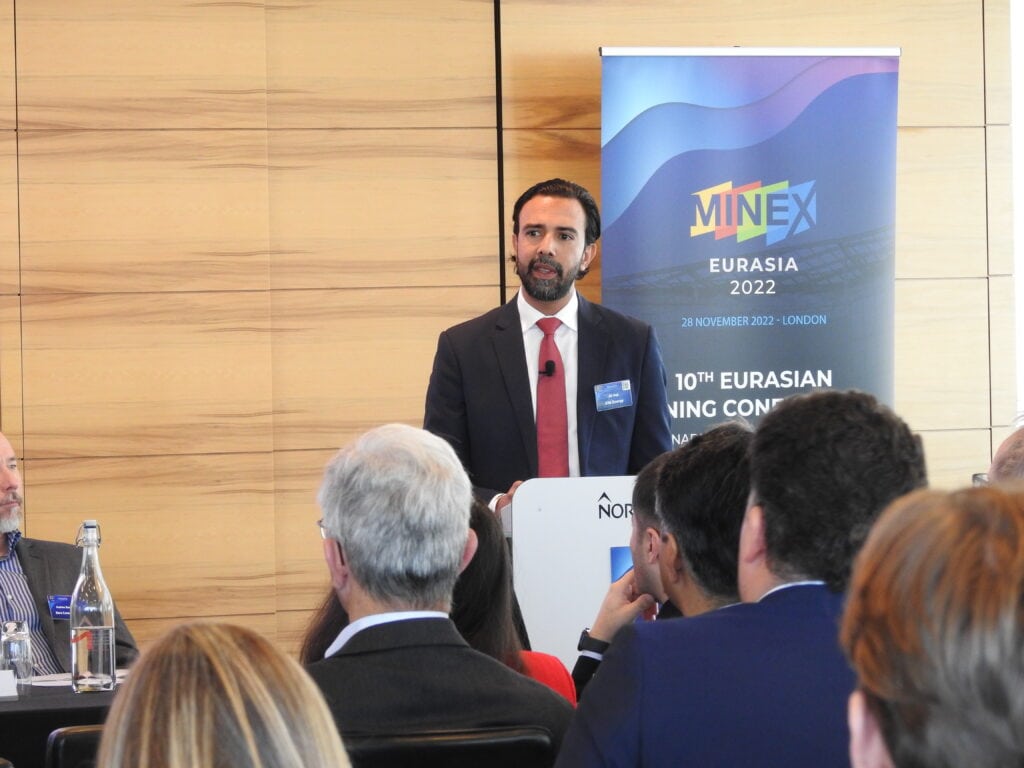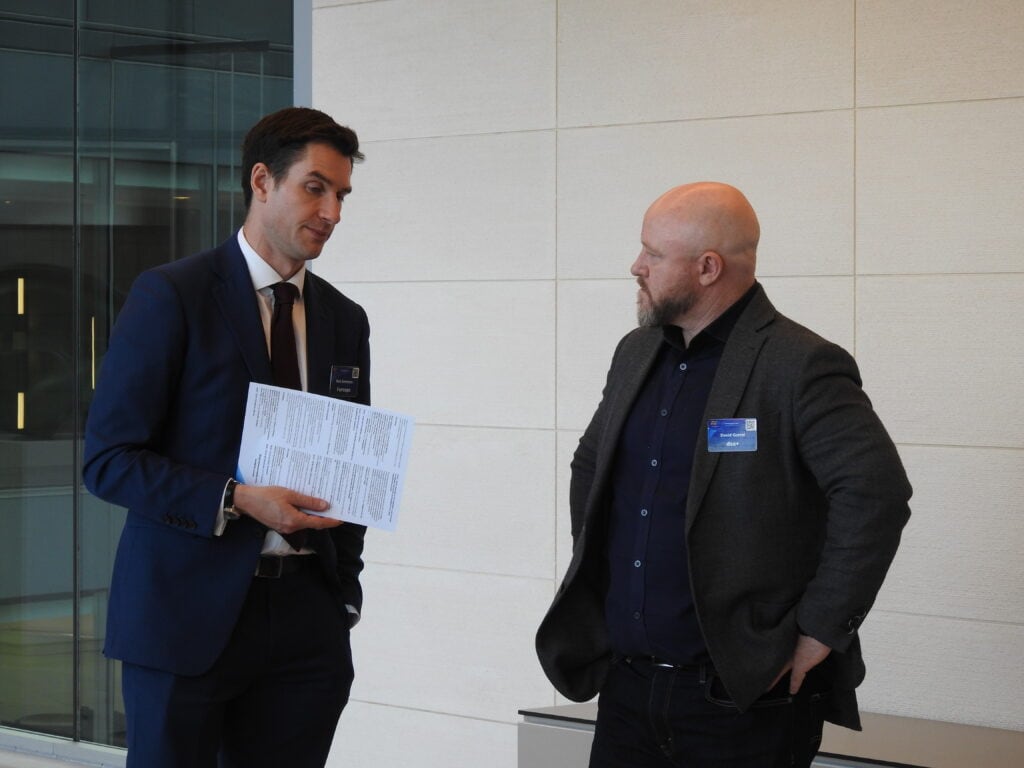Organised on 27 November 2023 and hosted by Simmons and Simmons in London the 11th MINEX Eurasia Conference STANDS OUT as an exclusive event dedicated to mining and investment in Central Asia, Caucasus & Mongolia.
The conference caters to mining and metals companies, investors, financiers, government regulators, as well as service providers, attracting participants from the UK and overseas.
